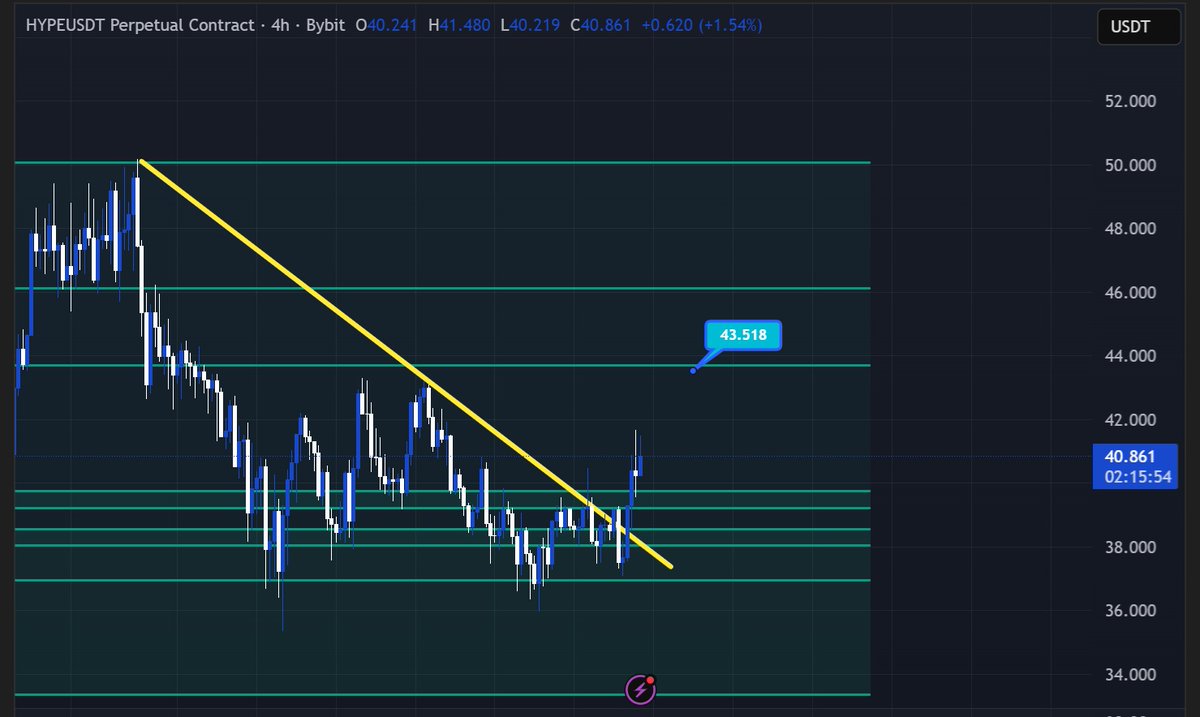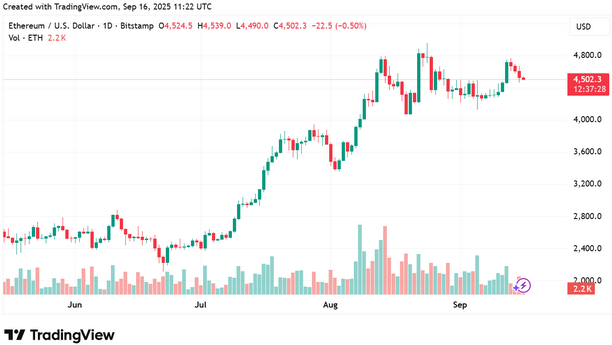Revolutionary Omnichain Stablecoin: Paxos Launches USDG0 for Seamless Cross-Chain Transactions

BitcoinWorld
Revolutionary Omnichain Stablecoin: Paxos Launches USDG0 for Seamless Cross-Chain Transactions
Paxos has just launched USDG0, a groundbreaking omnichain stablecoin that transforms how digital dollars move across blockchains. This innovation addresses the fragmentation in decentralized finance, allowing users to transact seamlessly without barriers. If you’ve ever struggled with cross-chain transfers, this omnichain stablecoin could be the solution you need.
What Makes This Omnichain Stablecoin a Game-Changer?
USDG0 represents a significant leap forward in stablecoin technology. Built on LayerZero’s Omnichain Fungible Token standard, it enables smooth operations across multiple networks. This omnichain stablecoin eliminates the need for complex bridging mechanisms that often cause delays and high fees. Users can now enjoy consistent value transfer between Ethereum, Solana, Injective, and X Layer networks.
How Does the Omnichain Stablecoin Technology Work?
The magic behind this omnichain stablecoin lies in LayerZero’s OFT protocol. It creates a unified token that exists simultaneously on different chains. When you transfer USDG0 between networks, the system automatically locks tokens on the source chain and mints equivalent tokens on the destination chain. This process happens almost instantly, making cross-chain transactions remarkably efficient.
Key benefits of this omnichain approach include:
- Reduced transaction costs by eliminating multiple conversion steps
- Faster settlement times compared to traditional bridging methods
- Enhanced liquidity across supported blockchain ecosystems
- Simplified user experience for decentralized applications
Why Should Crypto Users Care About This Development?
This omnichain stablecoin addresses one of the biggest pain points in cryptocurrency – interoperability. Previously, moving assets between chains required multiple steps and exposed users to various risks. With USDG0, Paxos provides a trusted solution that maintains the stablecoin’s peg while enabling true cross-chain functionality. The omnichain stablecoin design ensures that value remains consistent regardless of which network you use.
What Challenges Does the Omnichain Stablecoin Face?
While the technology shows great promise, widespread adoption of any omnichain stablecoin depends on several factors. Security remains paramount, as cross-chain protocols present new attack vectors. Additionally, regulatory clarity around multi-chain assets continues to evolve. However, Paxos’s established reputation in regulated stablecoins positions USDG0 favorably in addressing these concerns.
How Can You Leverage This Omnichain Stablecoin?
For DeFi enthusiasts and traders, this omnichain stablecoin opens new opportunities. You can now:
- Access yield farming opportunities across multiple chains without conversion fees
- Execute arbitrage strategies between different decentralized exchanges
- Provide liquidity in cross-chain pools with reduced impermanent loss risk
- Simplify treasury management for projects operating on multiple networks
The introduction of USDG0 marks a pivotal moment for blockchain interoperability. This omnichain stablecoin demonstrates how innovative technology can solve real-world problems in cryptocurrency. As more networks adopt similar standards, we move closer to a truly connected blockchain ecosystem where value flows freely across boundaries.
Frequently Asked Questions
What is an omnichain stablecoin?
An omnichain stablecoin is a digital asset that operates seamlessly across multiple blockchain networks without requiring traditional bridging mechanisms.
How is USDG0 different from other stablecoins?
USDG0 uses LayerZero’s OFT standard to enable native cross-chain functionality, unlike other stablecoins that require wrapping or bridging between networks.
Which blockchains support USDG0?
Currently, USDG0 supports Ethereum, Solana, Injective, and X Layer networks, with potential for expansion to additional chains.
Is USDG0 regulated like other Paxos stablecoins?
Yes, USDG0 maintains the same regulatory compliance and transparency standards as other Paxos-issued stablecoins.
What are the main advantages of using USDG0?
The primary advantages include reduced transaction costs, faster cross-chain transfers, and simplified user experience for multi-chain operations.
How secure is the omnichain technology?
LayerZero’s OFT standard employs advanced security mechanisms, and Paxos implements additional safeguards given their experience with regulated financial products.
Found this insight into the revolutionary omnichain stablecoin valuable? Share this article with your network on social media to spread awareness about this groundbreaking development in cryptocurrency interoperability.
To learn more about the latest stablecoin trends, explore our article on key developments shaping cryptocurrency institutional adoption.
This post Revolutionary Omnichain Stablecoin: Paxos Launches USDG0 for Seamless Cross-Chain Transactions first appeared on BitcoinWorld.
You May Also Like

Sonnet Pushes Merger Vote as Support Grows for $1B Hyperliquid Venture

Top Crypto Investors Say This Could Be the Next 25x Altcoin Before Q1 2026
